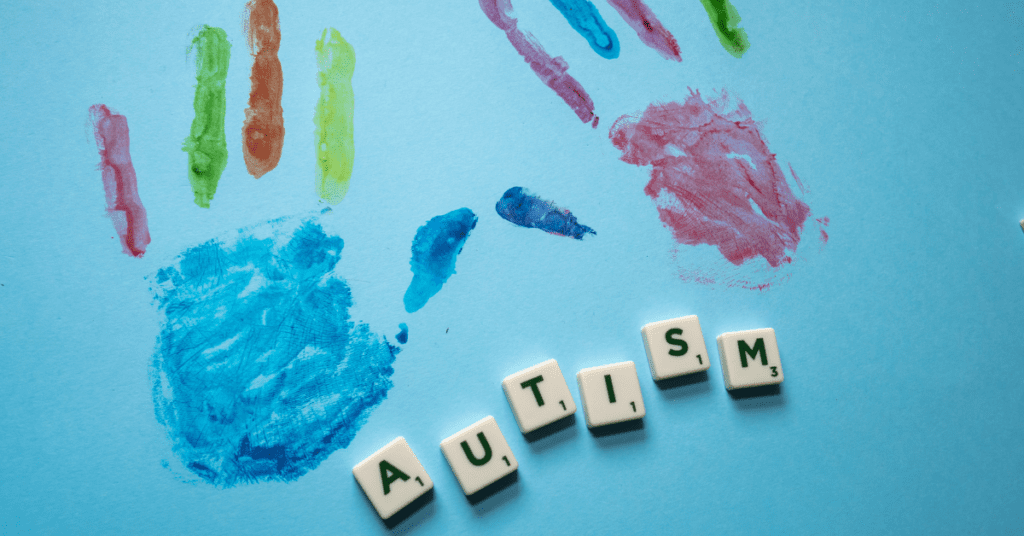Autism Stats to Consider
Understanding your chances of having a child with autism can be difficult to determine for soon-to-be parents. Research has been and continues to be conducted in an effort to find what the chances are of a child being on the spectrum. There are numerous autism stats to consider, which is why research continues to be done. For example, many hope to clarify whether or not being on the spectrum and having a difference in intelligence holds any weight.
Blue Parachute is dedicated to helping teachers, communities, locations without resources, and others by creating informative videos to help teach and educate. Below we provide information on autism stats in the hopes of expanding awareness about autism spectrum disorder and dispelling one of the most common myths surrounding this condition.
How Prevalent Is Autism?
The chances of being autistic can be hard to pin down. The prevalence shoots up based on different factors such as socioeconomic conditions, race, gender, and more. This means there is no one number that people can look to as the definitive autism stats for prevalence.
In a study done in 2020, a general estimate was made that 1 in 36 of all children are on the autism spectrum. For boys, this affects about 1 in 11.4, and for girls, roughly 1 in 43.0. This means that an autism diagnosis is almost 4 times more common in boys than girls.
It’s also important to note that racial and ethnic minorities tend to be diagnosed at a differing rate from those who are older and white non-Hispanic Americans. In previous studies, this group was diagnosed less frequently; however, in this 2020 study, the number of those diagnosed was higher.
Such a variance could be due to the cost and other factors involved in doctor’s appointments (such as a parent needing to take time off work, finding childcare, or similar.) Even without this variance, the exact reason a person is autistic varies across several different variables. In addition to making it hard to pinpoint, there are other aspects that must be considered.
When it comes to autism, as with many other conditions, genetics, the environment, and biology play a factor. This makes it more difficult for studies to prove causation and results.1
Are Autism and Intelligence Linked?
In one way or another, autism stats are often linked to the idea that those afflicted by the condition are more intelligent than the rest of the population. This idea became popularized by pieces of media such as the popular 1988 movie Rain Man, which stereotyped the condition.
In Rain Man, Raymond Babbitt, played by Dustin Hoffman, was the main character. He was on the spectrum and presented as other-like and abnormal. Kim Peek, who the character was loosely based on, was on the spectrum. However, in addition, he had savant syndrome. This specific condition provided him the ability to count and remember items that would seem an impossible task to most other people.2
While it is true that people diagnosed with autism are more likely to go into areas such as mathematics or science, it is not because they are inherently abnormally intelligent. Though this stereotype may seem complimentary to some, in the long run, it creates a sense of division between those on the spectrum and the rest of society. Those diagnosed with autism are people like any other. It just happens that these individuals are on the autism spectrum.
Autism Spectrum Therapy and Educational Tools
As a current or future parent or teacher of a child on the spectrum, we hope these autism stats have cleared up some questions for you. If you want to learn more about how to teach a child on the spectrum or help someone with autism who is preparing for adulthood, we can help.
There is a vast assortment of videos available from Blue Parachute. They are all available at subscription pricing. Whether you are interested in one video or one hundred, we have a plan that will work for you. Additionally, all of the videos in our library were created by Licensed and Certified Behavior Therapists. As they are based on treatments using Applied Behavior Analysis (ABA), we are confident these videos can help you effectively teach almost any child or student on the autism spectrum.
Why wait to start learning? Click here and sign up now to take full advantage of our library of high-quality, evidence-based resources to help individuals with ASD be set up for success and reach their full potential. Blue Parachute. Easy. Affordable. Life-Changing.
SOURCES:
1 – CDC – Prevalence and Characteristics of Autism Spectrum Disorder Among Children Aged 8 Years
2 – Aruma – Get to Know the Real Rain Man: Kim Peek – Aruma
RELATED READINGS:


